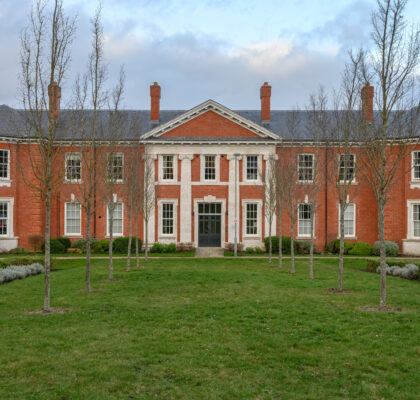


This battery is perhaps one of Cliffe’s least well-recognised pieces of ruined defence heritage. The initial Lower Hope Battery was built to defend the Thames Estuary at Lower Hope Point from around 1796, predating the Palmerston Fort defence scheme in the wider area such as Cliffe, Shornemead and Coalhouse Fort by almost 70 years. It fell out of use by the mid 19th century and the Anchor & Hope public house was built upon its foundations after 1854. This was located where the coastline forms a point on the site of the Cliffe Explosives Factory. The battery which survives in part today was built as a later replacement in 1898 further south, which you see pictured in this article. It was armed with 2 x 12-pounder quick-firing guns with flanking searchlights. It fell out of use potentially by the 1920s, but the area saw the addition of early-war anti-aircraft 3-inch guns and 6-pounder Hotchkiss guns in WWII.






The ruins that survive today are from the 1898 later battery further south of Lower Hope Point. These comprise of two foundation slabs – one being the large ridged structure and another being a small flat slab of concrete, although was likely originally similar to the ridged one. These were the bases of the gun emplacement structures, which as revealed by the plans further down formed buildings with guns on the roof, mounted upon the concrete bases. In between these along the original coastline position is a smaller ruin of three concrete lumps, which was either part of the battery or from a coastal beacon for shipping. The ruin became stranded in the tidal mud after the seawall’s position was brought further inland in the late 1980s or 1990s.




Below are several plans of Lower Hope Battery made likely around the time of its construction. It shows how the gun emplacement superstructure would be mounted upon the concrete base which survives.








Sources:
http://www.cliffehistory.co.uk/lower_hope_battery.html
https://www.heritagegateway.org.uk/Gateway/Results_Single.aspx?uid=6e03eac4-d859-4791-9da3-a075a423a64d&resourceID=19191
The National Archives



